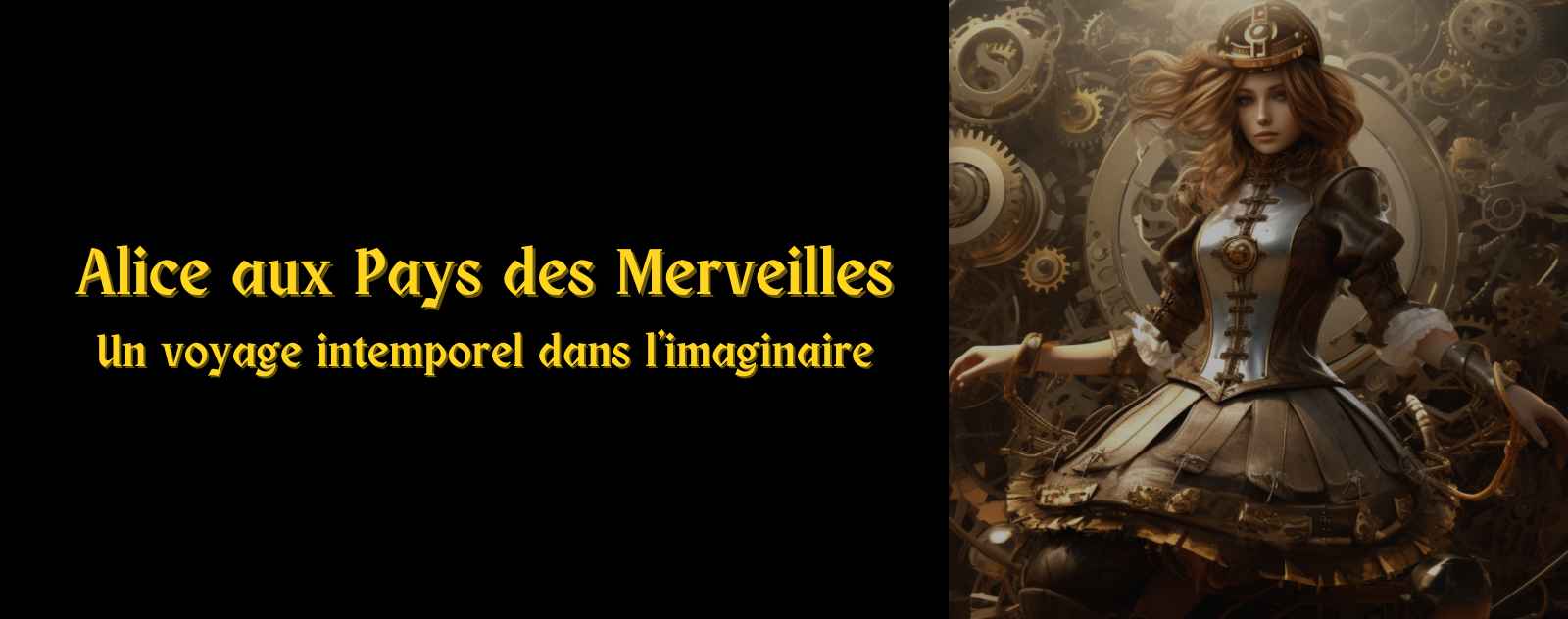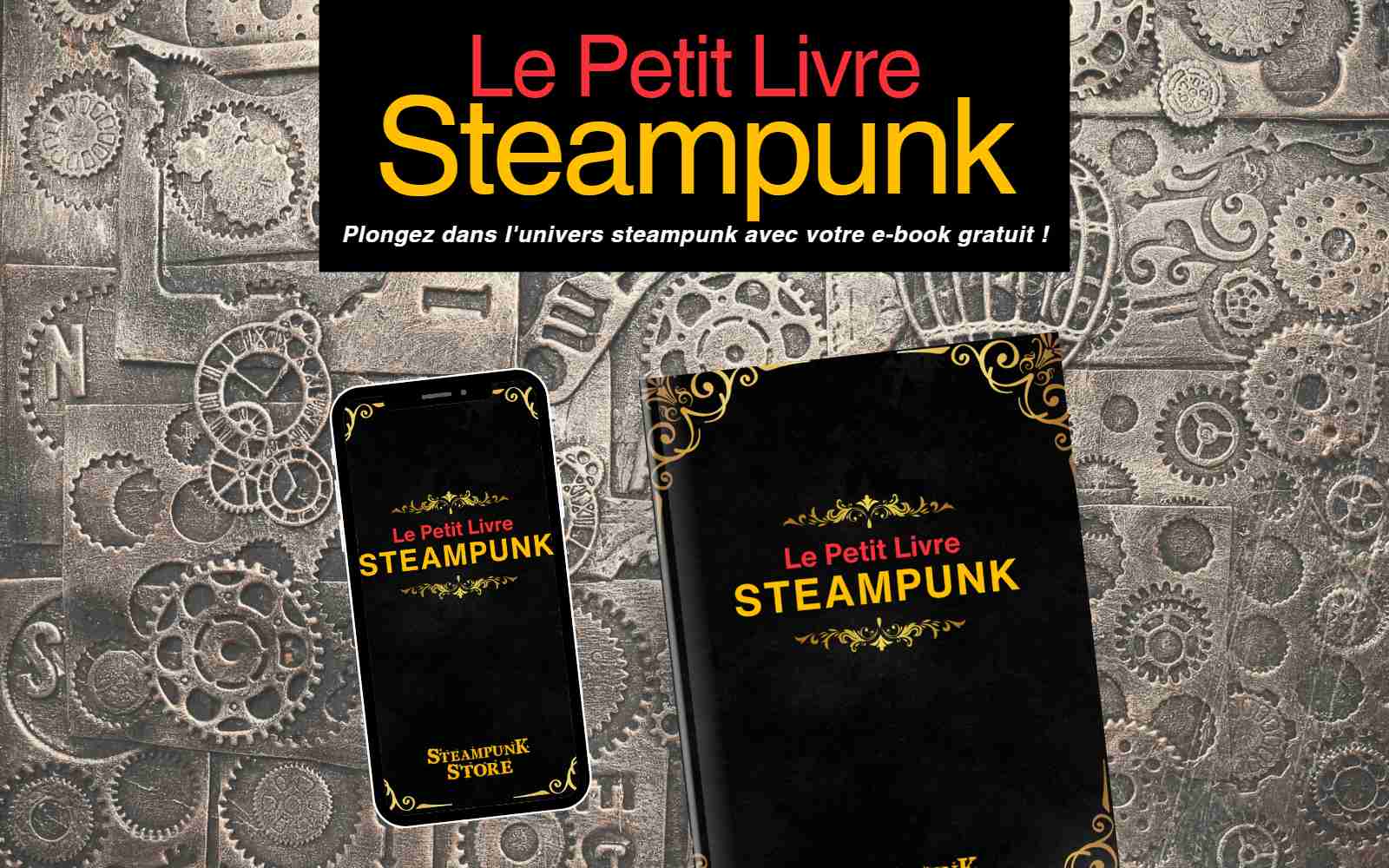
The controversy has always existed among the enthusiasts of the Steampunk Style . Most people argue that the retro future is a subgenre of Science Fiction , while others classify it in the field of Fantasy or even Fantasy . The arguments are not wrong because all these genres have many similar parameters but the difference is on a well-identified future.
Is Steampunk Fantasy?
Steampunk has a visual universe that is recognizable in a few seconds, yet despite this many people are unaware of the term and do not know what to call it. The mechanical elements from the Industrial Revolution , the steam train, and materials such as old alloys such as bronze, brass and copper are obvious. The old-fashioned atmosphere works perfectly and creates a unique atmosphere, from the best Jules Verne novels to video games like Bioshock. This is why people get lost in it, Steampunk has spread to all areas, each creator loving to add a little touch of Retro Future because it instantly embellishes.
Science fiction and fantasy overlap quite a bit. The main difference between the two genres is that:
- The Fantasy genre deals with the supernatural world and the imaginary has a very important part in it, without it being explained or detailed. It is therefore a mixture of paranormal phenomena, sometimes a fair of watches and other undefined creatures (fairies, the yeti etc ...). According to some authors, everything that is not strict realism falls into the category of speculative fiction. They are firmly convinced that steampunk belongs to the Fantasy genre, but others may not be of the same opinion.
- Science Fiction , on the other hand, includes speculative fiction that draws its internal logic from the real world. The author, Austin Hackney, suggests that these subgenres fall under the broader category of speculative fiction. For many, science fiction is akin to spaceships or flying saucers, but why not expand it to include flying ships or other steam-powered vehicles. H.G. Wells 's The Time Machine is more akin to this genre, an author who is often named as one of the greatest influences on the Steampunk Style .
Some steampunk settings also feature supernatural and paranormal elements. There is an entire subgenre known as gaslight fantasy, which is a type of paranormal steampunk. An example of this can be seen in the animated film Gotham by Gaslight, which features Batman in the 19th century.
For example, Scott Westerfeld 's Leviathan trilogy features elements primarily from the science fiction genre, with an essence of social commentary and verisimilitude that adds realism to the story. It delves into the ideologies that tore Europe apart at the time, using fantastical elements to expand on the dark realities of the time.

Disney's Treasure Planet, on the other hand, falls more into the fantasy genre, with whimsical and fantastical ideas that use steampunk elements to embellish and distinguish itself from a world too close to the original work (RL Stevenson's Treasure Island) which was in the more classic style of piracy.
So, is steampunk science fiction?
To understand what genre Steampunk belongs to, we need to understand the context or setting before we can draw any conclusions. The dystopian future of retrofuturism is a world where steam engine technology is improved to an inconceivable level. Yet all of this is clearly identified, it is Victorian Era and Retrofuturism . So when it is done well and explained, the world in question clearly plunges us into science fiction.

Alice in Wonderland: A Timeless Journey into the Imagination
To illustrate concrete cases where Steampunk is SF above all, the most obvious is Jules Verne or Robert Robida . Whether in From the Earth to the Moon (1865) or in Twenty Thousand Leagues Under the Sea (1870), technology is at the center of the story, everything seems plausible and explicable by future technological advances. This kind of novel is therefore more science fiction than fantasy.
Settings can range from alternate histories to futuristic imaginings, historical or dystopian delusions, etc. Depending on the setting, the genre can be categorized as science fiction, fantasy, or even fantasy, and sometimes even a mixture of all three.
Conclusion
In conclusion, we can say that Steampunk is not a fixed Universe , and that the cursor between imagination and realism can be easily moved, depending on the author or creator. The genre belongs, if it must be classified, to subsets such as science fiction, fantasy. Many alternate history scenarios are part of steampunk literature, where most of the past events are supposed to have happened as in our own history.
However, at some point or another, steampunk is defined by retrofuturism , drawing inspiration from real-world scientific discoveries. In steampunk, revolutions in flight and computing often occurred long before the establishment of the combustion engine or electronics, with technological solutions unlikely to us being used to produce similar results.
Thank you for reading, and see you soon for a new article in the fabulous world of Steampunk.









